You may have heard of people buying houses with no money. If you wonder how they do this, have a read of our blog.
Below, we outline how the principle of how it is possible to buy a house with no money. While this answers the question of how it is possible, it may or may not necessarily be the right thing to do. All decisions come with potential risks and benefits, and we always recommend you talk with your advisers before making any. To keep things simple, we have not included how potential rental income can contribute towards additional lending repayments. Obviously the below is just a theory – but in my experience, it works.
John & Emma brought their family home in 2010 for $400k. At that time, they had a 10% ($40k) deposit, and borrowed $360k by way of bank mortgage over 20 years @ 6% interest pa.
Over the last 7 years they have paid off $68k from their mortgage (leaving a balance of $292k owing to the bank), and their house has increased in value to $600k. Although this increase in house price seems like a lot… this is a lot LESS than what has happened recently!! (Don't believe me? See: Auckland house prices up 85% in four years).
As shown below, their equity position has increased from 10% ($40k) in 2010 to 51% ($308k) in 2017 by combination of reduction in debt ($68k) plus capital gain in their home ($200k).
2010 to 2017
| 2010 | 2017 | |
| House Price | $400,000 | $700,000 |
| Lending | $360,000 | $292,000 |
| Equity | $40,000 | $308,000 |
| Equity % | 10% | 51% |
The Reserve Bank of New Zealand (RBNZ) announced new lending rules in October 2015. There is now a requirement to have 20% lending for owner occupied houses, and 40% equity for rental properties.
For John & Emma, they can refinance their own home to borrow up to 80% of its value (80% being the maximum value that is still compliant with the RBNZ 20% equity rule for the family home). This means they can borrow funds of $480k. From that $480k, they need to repay their existing loan of $292k (which was previously $360k when they purchased the property). This leaves $188k to put towards a new property (and this being the 40% equity required).
| Own Home | Rental | Total | |
| House Value | $600,000 | $450,000 | $1,050,000 |
| Lending | $480,000 | $262,000 | $742,000 |
| Equity | $120,000 | $188,000 | $308,000 |
| Equity % | 20% | 42% | 29% |
New Lending 480,000 - 80% of the value of their family home.
Previous Lending 292,000 - current outstanding mortgage.
Increase 188,000 - additional lending for the new property.
The above table shows how the increase in lending from their family home ($188k) can be applied as equity for the purchase of the additional property. Therefore, they are effectively buying a $450k property with 'no cash'; instead they are using their equity in their own family home.
Note: the total equity position of $308k does not change from their current position in Table 1, to the new position in Table 2.There are a lot of accounting and tax opportunities, consequences (good and bad), and factors to consider. So, if you're thinking of doing this, come and have a free no obligation chat!
This material has been prepared for informational purposes only, and is not intended to provide, and should not be relied on for, tax, legal or accounting advice. You should consult your own tax, legal and accounting advisors before engaging in any transaction.



